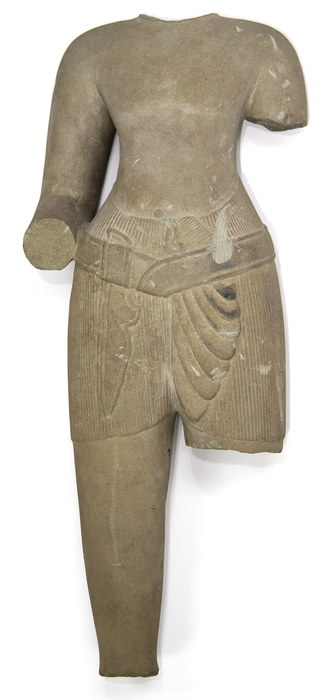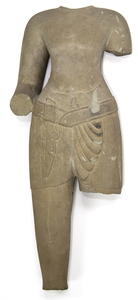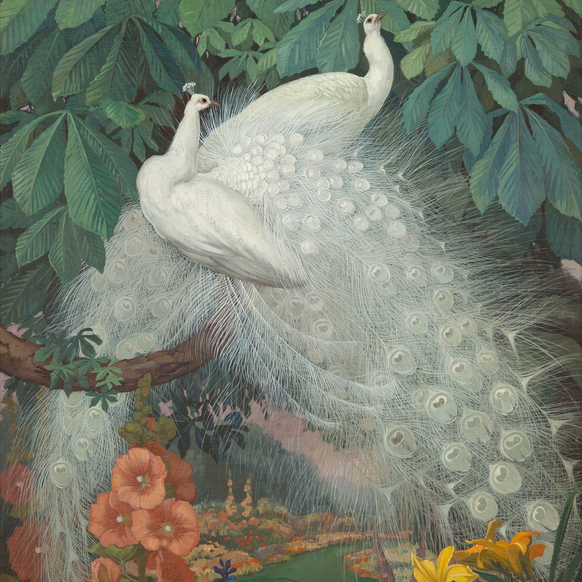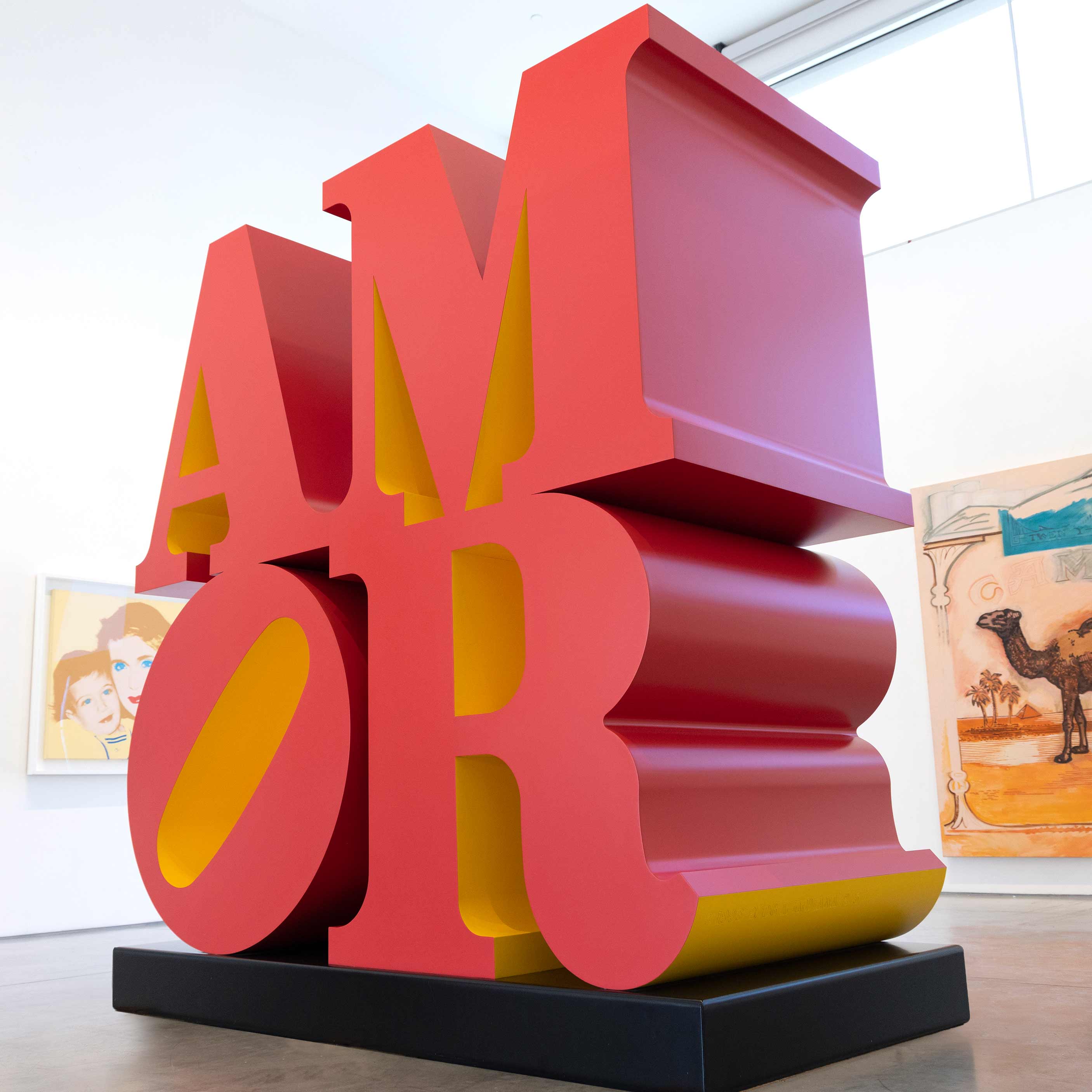KHMER
 Cambodian art and design reached its heyday during the Khmer Empire, or 'Angkor' Empire, which lasted from 802 - 1431 AD and preceded modern Cambodia. The northwestern hub of Angkor served as the empire’s capital at this time. Its monuments – including the famed Angkor Wat – were important symbols of the civilization’s wealth, power and rich culture that extended over much of mainland Southeast Asia at this time. However, the Empire was also divided in rule: the Angkor period saw a series of violent power transfers as each new king acceded to the throne.
Cambodian art and design reached its heyday during the Khmer Empire, or 'Angkor' Empire, which lasted from 802 - 1431 AD and preceded modern Cambodia. The northwestern hub of Angkor served as the empire’s capital at this time. Its monuments – including the famed Angkor Wat – were important symbols of the civilization’s wealth, power and rich culture that extended over much of mainland Southeast Asia at this time. However, the Empire was also divided in rule: the Angkor period saw a series of violent power transfers as each new king acceded to the throne.
Bronze, or samrit, is of particular significance to Cambodian culture. A mixture of metals including copper and tin, bronze was used to give form to both Hindu and Buddhist divinities worshiped in Angkor and throughout the Empire. Bronze also represented the height of Cambodian artistic achievement, building on a long history of bronze-work in Southeast Asia, dating even to prehistoric times. Indeed, some scholars have traced the first bronze castings to this region, including Cambodia. In addition to bronze’s religious and aesthetic contexts, the metal was considered to be a ‘noble’ material. Evidence of one especially sophisticated bronze atelier was recently discovered in close proximity to the Royal Palace in Angkor Thom, shedding light on the Empire’s artistic production and manufacturing methods. The finding underscored bronze metallurgy’s importance to the empire’s political elite, who had been known to commission its products to furnish palaces and temples with objects, as well as to legitimize their rule with images of the gods.




